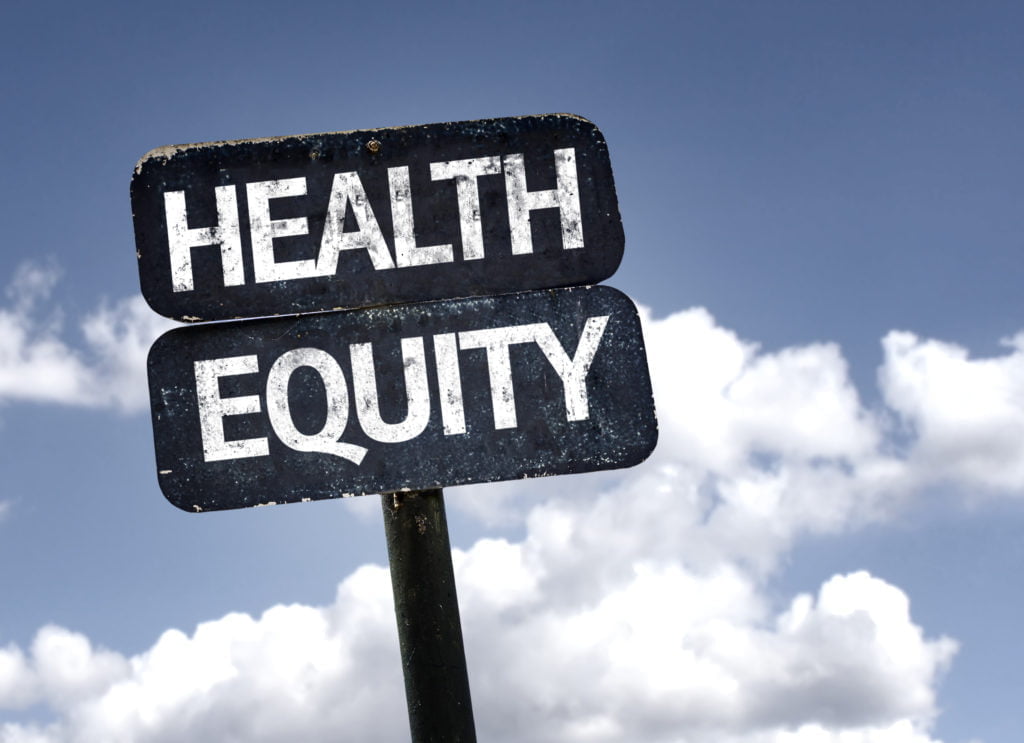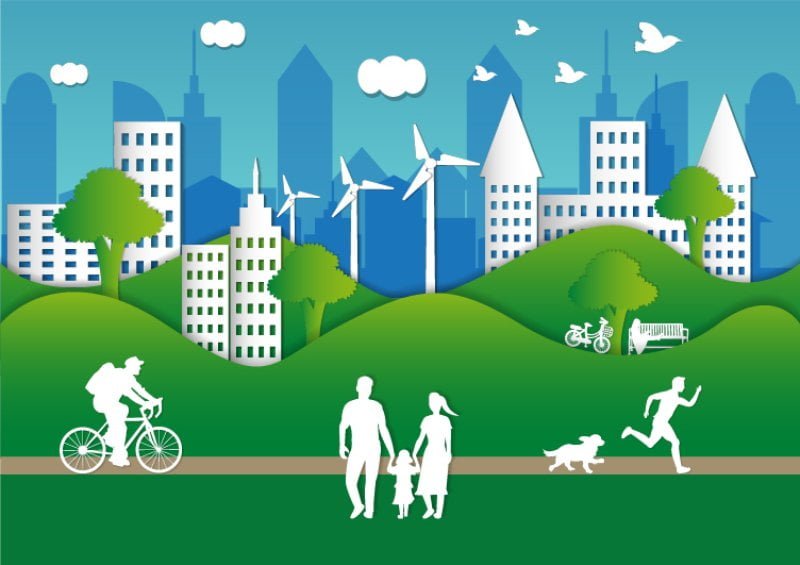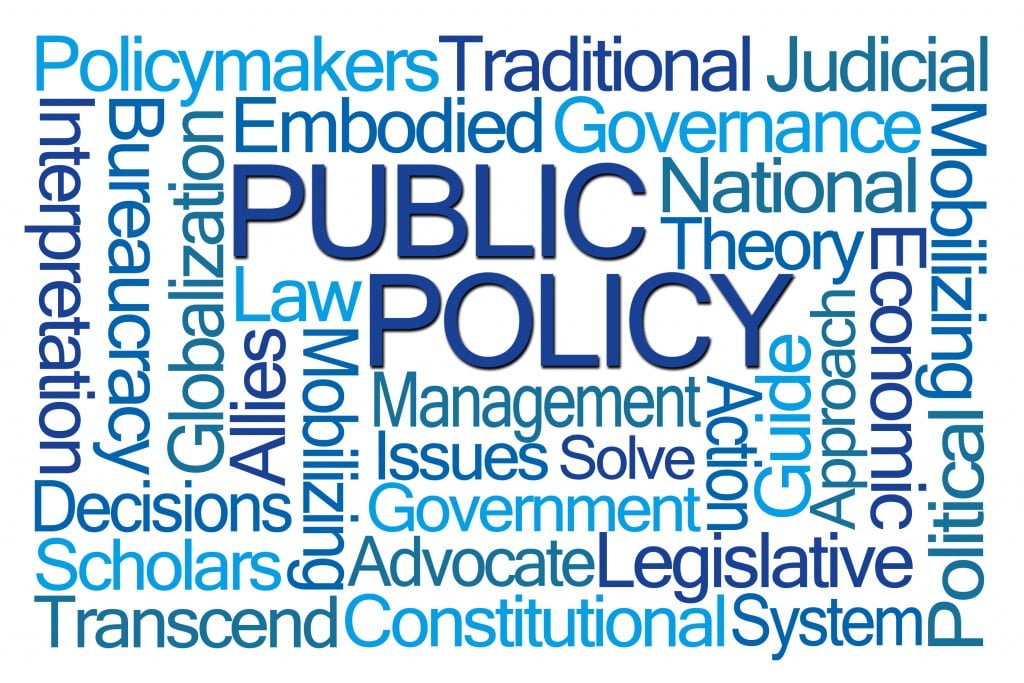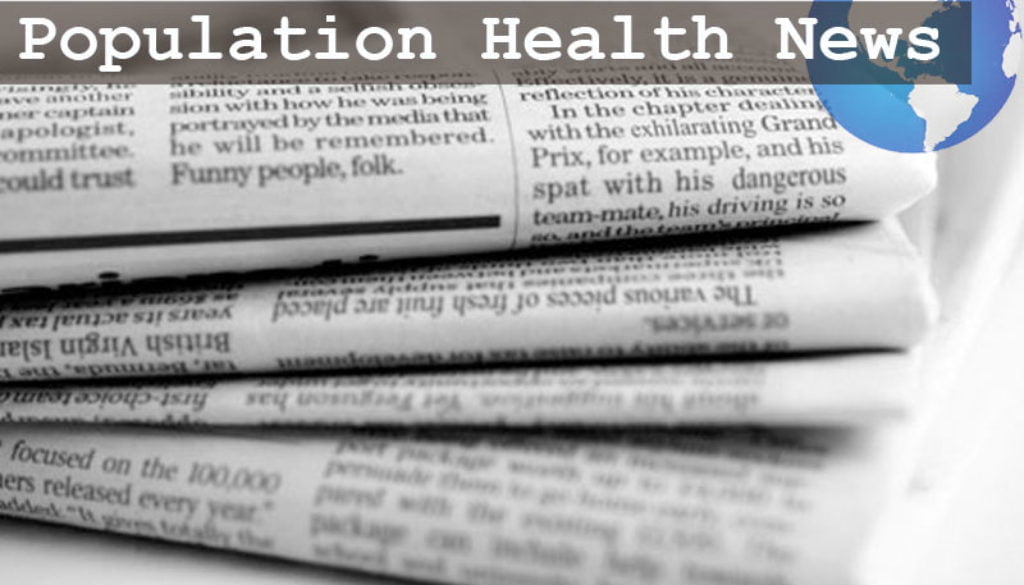Population Health News Round-Up: April
JoAnne DyerIAPHS Members in the News
 Jenn Dowd in the Center for Open Science OSF: Countries with older populations, such as Italy, face higher COVID-19 mortalities. More aggressive protective measures may be needed. (March 20, 2020)
Jenn Dowd in the Center for Open Science OSF: Countries with older populations, such as Italy, face higher COVID-19 mortalities. More aggressive protective measures may be needed. (March 20, 2020)
Mark Hayward in ProPublica: People dying at home during the COVID-19 are “just the tip of the iceberg” and part of the “overall burden of the pandemic.” (April 14, 2020)
Sarah Burgard and Lucie Kalousova in Boston Review: Recessions can improve population health in the short-term, but what can we expect in the wake of the one-two punch of COVID-19? (April 15, 2020)
Hedy Lee in the St. Louis Post-Dispatch: High rates of COVID-19 mortality in St. Louis are due in part to the city’s–and America’s–racist, violent history. (April 15, 2020)
Sandro Galea in The Hill: A return to our “pursuit of the common good” and a Marshall Plan for health can help us find our way in the wake of COVID-19.
Disparities
 It really is the racism: Racial bias in health care harms as most providers are still white, and race-based attitudes, sometimes unconscious, shape care decisions. (Philadelphia Inquirer, April 9, 2020)
It really is the racism: Racial bias in health care harms as most providers are still white, and race-based attitudes, sometimes unconscious, shape care decisions. (Philadelphia Inquirer, April 9, 2020)
Undocumented women and domestic violence: Women who are undocumented may be especially vulnerable and isolated during the COVID-19 pandemic. (Fresno Bee, April 14, 2020)
Where’s the Canadian PoC data? COVID-19 data for people of color are lacking in Canada. (The Toronto Star, April 16, 2020)
Not helping new moms takes a heavy toll: Untreated perinatal mood and anxiety disorders cost an estimated $14 billion for the 2017 birth cohort, including reduced economic productivity and more preterm births. (AJPH, April 16, 2020)
The COVID-19 burden for Native Americans: Tribes such as the Navajo grapple with high rates of infection combined with high rates of pre-existing conditions, historical marginalization, and federal bureaucracy and neglect. (The Week, April 21, 2020) Some states are categorizing Native Americans as “Other,” (The Guardian, April 24, 2020), and other states are finding disproportinately high rates of COVID-19 infection (New Mexico In Depth, April 12, 2020) and death. (Indian Country Today, April 13, 2020)
Place
 Parks can boost health, but improved equity is needed: In places like London and New York, many parks in need improvements in funding, design, maintenance, access—and equity. (CityLab, April 9, 2020)
Parks can boost health, but improved equity is needed: In places like London and New York, many parks in need improvements in funding, design, maintenance, access—and equity. (CityLab, April 9, 2020)
When social distance within a household is impossible: Multigenerational households, which are more common in certain communities, face different challenges during COVID-19. (Kaiser Health News, April 6, 2020)
Long-term care facilities are hard-hit by COVID-19: Deaths from COVID-19 in residents in long-term care facilities top 10,000 (Wall Street Journal, April 22, 2020); nearly half of Massachusetts COVID-19 deaths were long-term care residents (CBS Boston, April 14, 2020)
Rural America and COVID-19: Despite early denials of the danger by some residents, COVID-19 is in nearly three-quarters of America’s rural counties. The pandemic may end up being the final blow to many rural hospitals, as stay-at-home orders mean fewer patients and less revenue. (Yahoo News on April 10, 2020, and PBS NewsHour, April 16, 2020)
The rural-urban divide in teen smoking: Rural kids are more likely than urban kids are to smoke, to start smoking younger, and to smoke more. (Public Health Post, April 14, 2020)
Environmental Health
 Air pollution and COVID-10 vulnerability: Exposure to air pollution in the long term increases the COVID-19 death rate (Harvard University, April 5, 2020)
Air pollution and COVID-10 vulnerability: Exposure to air pollution in the long term increases the COVID-19 death rate (Harvard University, April 5, 2020)
Temps rise, deaths rise too: A two-degree-Celsius temperature increase could result in an additional 2100 injury-related deaths in the U.S., mostly due to transport accidents and suicides. (Public Health Post, April 15, 2020)
SeaTac Airport communities breathe ultra-ultrafine pollution: Neighborhoods around SeaTac Airport in Seattle have high levels of aircraft-associated pollution, the type that can cross tissue barriers, and worse, they breathe it night and day. (Seattle Times, December 19, 2019)
Policy
 Bullet bans work: Large-capacity magazine bans “reduce the incidence of, and number of people killed in high-fatality mass shootings.” (American Journal of Public Health, November 6, 2019)
Bullet bans work: Large-capacity magazine bans “reduce the incidence of, and number of people killed in high-fatality mass shootings.” (American Journal of Public Health, November 6, 2019)
Is lower farmworker pay on the way?: Trump administration officials are considering lowering farmworker wages, claiming it will help the agriculture industry. (NPR, April 10, 2020)
Drinking less sugar is contagious: After a sugary beverage tax in Seattle, kids are drinking fewer sweetened beverages—both in the city itself and in neighboring areas. (Seattle Times, April 15, 2020)
Programs
 Philly expands testing to underserved communities: Twelve Philadelphia communities will get federally funded COVID-19 testing sites. (BillyPen, April 23, 2020)
Philly expands testing to underserved communities: Twelve Philadelphia communities will get federally funded COVID-19 testing sites. (BillyPen, April 23, 2020)
A feminist post-coronavirus recovery plan is proposed in Hawaii: Elements include avoiding austerity, shifting Hawaii’s reliance on tourism (and the low-wage jobs held by many women), and building the state’s social infrastrucutre. (Hawaiʻi State Commission on the Status of Women, April 14, 2020)
Tech Talk
 Telemedicine is here…to stay?: Online medical care is growing rapidly–will it continue past the COVID-19 era? (San Jose Mercury News, April 6, 2020)
Telemedicine is here…to stay?: Online medical care is growing rapidly–will it continue past the COVID-19 era? (San Jose Mercury News, April 6, 2020)
New designs for old tech: To get personal protective equipment into the hands of those who need it, engineers have new ideas, including a substitute material for N95 masks, 3-D printing, and an open-source origami-style design for face shields. (Scientific American, April 20, 2020)
A contract-tracing app that respects privacy: CovidSafe, developed by the University of Washington, UW Medicine, and Microsoft, “would alert people about potential exposure to COVID-19 without giving up anyone’s privacy.” (University of Washington News, April 22, 2020)





All comments will be reviewed and posted if substantive and of general interest to IAPHS readers.